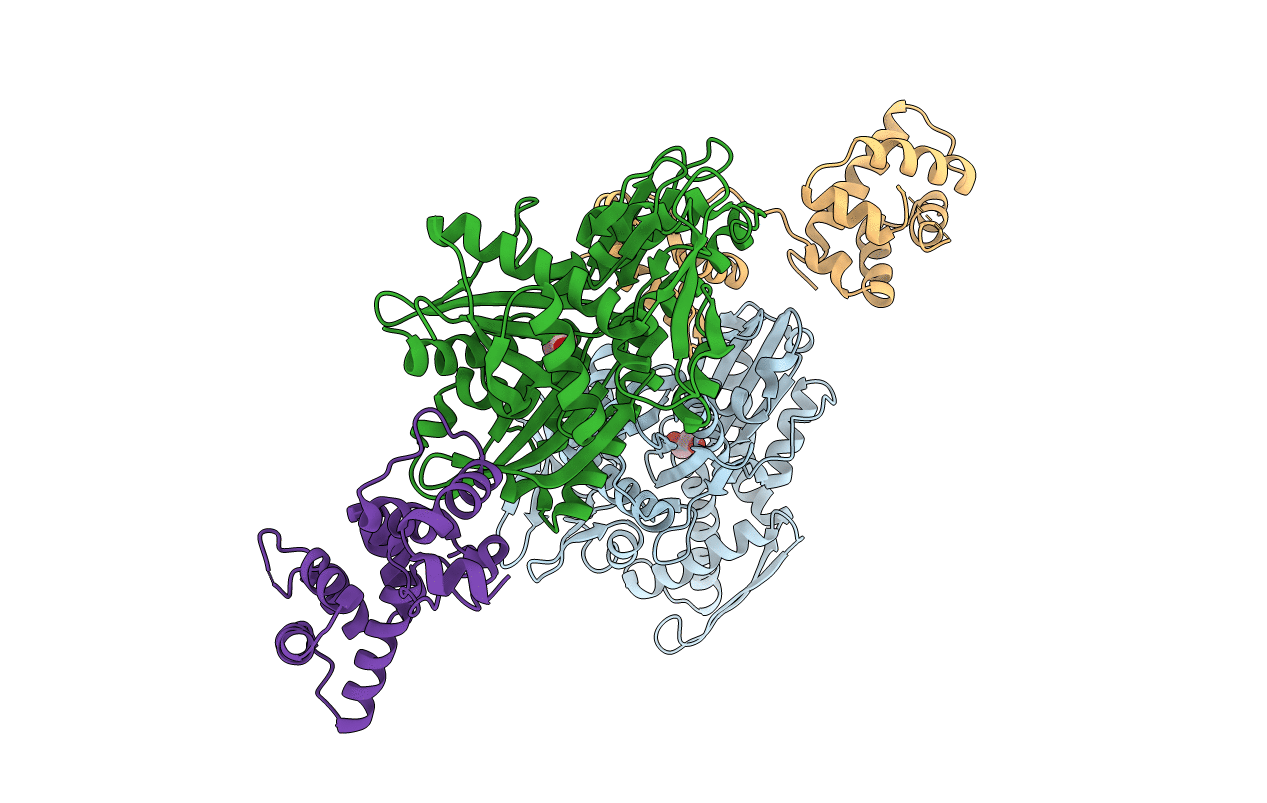
Deposition Date
2018-08-07
Release Date
2019-02-06
Last Version Date
2024-10-23
Entry Detail
Biological Source:
Source Organism:
Cricetulus griseus (Taxon ID: 10029)
Mus musculus (Taxon ID: 10090)
Mus musculus (Taxon ID: 10090)
Host Organism:
Method Details:
Experimental Method:
Resolution:
2.49 Å
R-Value Free:
0.25
R-Value Work:
0.22
R-Value Observed:
0.22
Space Group:
P 1


